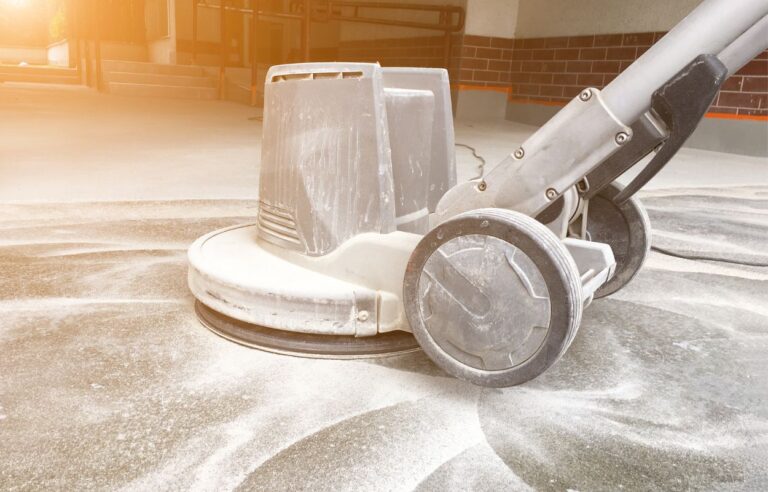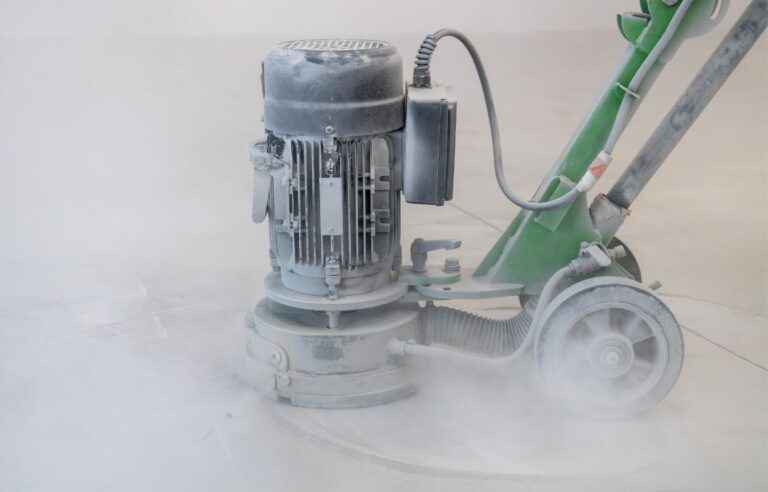When it comes to a deconstruction project, sorting materials might seem like a small, behind-the-scenes task. But trust us, it plays a huge role in keeping the site organized, safe, and environmentally friendly.
Proper sorting ensures that materials are reused, recycled, or disposed of correctly. It might sound simple, but getting it right saves time, money, and stress. Even small mistakes in sorting can lead to wasted materials or increased costs later on.
That’s why paying attention to this process from the start matters so much.
WHY SORTING MATERIALS MATTERS
Sorting materials at a deconstruction site does more than just keep things tidy. Every piece of wood, metal, or drywall has a purpose. When crews sort materials properly, it prevents contamination.
For example, mixing treated wood with untreated wood can make recycling difficult or even impossible. The same goes for metals—mixing aluminum with steel can reduce the value of both materials.
Sorting also helps identify materials that are still in excellent condition and can be reused in other projects. By separating materials correctly, we ensure that nothing useful ends up in a landfill unnecessarily.
This process also makes it easier to track inventory. Knowing exactly what is available on-site means crews can plan better and avoid ordering new materials unnecessarily. This not only saves money but also reduces environmental impact. Proper sorting shows that a project is being handled responsibly, which is something clients and communities appreciate.
MAKING THE SITE SAFER
Safety on a deconstruction site is always a top priority. Properly sorted materials reduce tripping hazards and prevent accidents. Imagine walking across a pile of mixed debris versus walking past neatly stacked sections of wood, metal, and plastics. Organized materials make it easier for crews to move around and avoid injuries. Clear pathways and well-marked sections for different materials can prevent serious accidents.
Safety doesn’t just protect workers—it also keeps the project moving smoothly. Injuries cause delays, which cost money and time. When materials are sorted properly, everyone knows where to step, what to lift, and where each item belongs. This structure reduces chaos and creates a calm, controlled environment, even on a busy, active site.
MAXIMIZING MATERIAL VALUE
Many materials on a deconstruction site still have significant value. Hardwood floors, quality lumber, copper pipes, and metal fixtures often can be reused or sold. Proper sorting ensures that valuable materials don’t get mixed with trash and lost forever. Sorting wood by type, metal by category, and plastics by grade can significantly increase resale value.
Companies offering deconstruction services in Nanaimo understand this principle well. They focus on recovering the most valuable materials from a site while keeping the workflow efficient. Proper sorting ensures that items retain their value and don’t require extra cleaning or processing to be resold. In many cases, materials that might seem like waste can bring in a surprising amount of income when handled correctly.
SAVING TIME DURING CLEANUP
Sorting materials as you go makes cleanup faster and easier. On a site where everything is mixed together, crews spend hours separating debris before it can leave the site. This slows down progress and adds unnecessary stress. Proper sorting allows materials to move directly to recycling, reuse, or disposal areas.
Efficient cleanup also creates more space for workers and machinery. Less clutter means fewer accidents and easier access to tools and equipment. Teams can focus on the deconstruction itself rather than spending extra time digging through unsorted piles. When cleanup is part of the workflow rather than an afterthought, projects finish faster, and everyone works more efficiently.
SUPPORTING ENVIRONMENTAL RESPONSIBILITY
Deconstruction is much more eco-friendly than traditional demolition, and sorting materials plays a big role in this. By separating wood, metals, and other recyclables, crews minimize what ends up in landfills. Certain materials, like metals and concrete, can be recycled endlessly, while others can be repurposed into new projects.
When crews sort materials correctly, it reduces the project’s carbon footprint and supports a circular economy. Instead of discarding useful items, they are given a second life. Clients often feel good knowing their project contributed to sustainability. Choosing deconstruction services in Nanaimo ensures that environmental responsibility is a top priority, with teams trained to maximize recycling and minimize waste.
IMPROVING PROJECT PLANNING
Proper sorting also improves project planning. Knowing which materials are reusable or recyclable allows teams to make better decisions about storage and logistics. It also makes it easier to estimate costs for removal and recycling. For example, knowing that a large pile of metal can be recycled for a profit helps plan the budget more accurately.
Sorting materials early in the project can also influence design choices for future work. If a certain type of wood is in excellent condition, it can be repurposed creatively in another project. This approach makes each project smarter and more resource-efficient.
TRAINING THE CREW
Sorting materials correctly requires knowledge and skill. Workers need to know which materials can be reused, recycled, or require special handling. Training ensures everyone follows the same standards, reducing mistakes and increasing efficiency.
A well-trained team can identify valuable items quickly and avoid mixing hazardous materials with regular debris. Consistent training also boosts morale because workers feel confident in their abilities. Experienced crews know how to handle each type of material safely and efficiently, making the whole deconstruction process smoother.
USING CLEAR LABELS AND CONTAINERS
Organizing a deconstruction site requires practical tools. Clear labels, color-coded bins, and separate containers make sorting easy and efficient. Each type of material should have a designated spot: wood in one area, metals in another, and plastics in a third.
This reduces confusion and prevents cross-contamination. Even temporary signs help new workers understand the system quickly, keeping the site running smoothly. Containers also make it easier to transport materials to recycling or storage areas without mixing them together. Simple organizational strategies save time, reduce frustration, and make a site look professional.
HANDLING HAZARDOUS MATERIALS
Not all materials on a deconstruction site are safe. Hazardous items like asbestos, lead paint, or chemicals need careful handling. Proper sorting ensures these materials are separated and dealt with according to safety regulations. Mishandling hazardous materials can lead to serious health risks, fines, or project delays.
Professional deconstruction services in Nanaimo know how to identify and separate dangerous items safely. Sorting hazardous materials correctly protects workers and ensures compliance with environmental and safety laws. It’s another reason sorting isn’t just about efficiency—it’s about responsibility.
MAKING FUTURE PROJECTS EASIER
Proper sorting doesn’t just help the current project—it sets the stage for future ones. Materials that are organized, cataloged, and stored correctly are easy to access for the next job. Reusable wood, metal, and fixtures can be stored efficiently without wasting space. Over time, this builds a valuable inventory, saving money and reducing reliance on new materials.
A well-sorted site creates a system that can be repeated project after project. Teams that develop a habit of sorting materials correctly find that each new project runs smoother and more efficiently. It becomes part of the company culture, which benefits clients, workers, and the environment.
THE BOTTOM LINE
Sorting materials on a deconstruction site might not sound glamorous, but it is essential. It increases safety, maximizes material value, supports sustainability, and makes cleanup faster. It also allows crews to work smarter and helps plan for future projects. A well-organized site reduces mistakes, prevents accidents, and improves overall efficiency.
Whether you are hiring a professional team or managing a small project, how you sort materials makes a big difference. Proper sorting ensures resources are used wisely, waste is minimized, and the project stays on track. It is a simple step that delivers big results, proving that careful planning and attention to detail always pay off. By focusing on proper sorting, you create a safer, cleaner, and more efficient site, while also making a positive impact on the environment.




